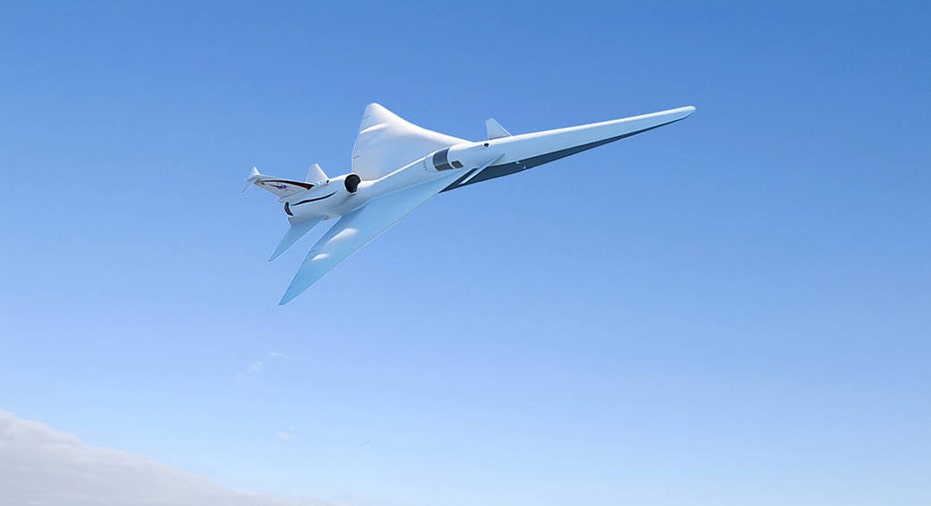NASA awards Lockheed Skunk Works $247.5M supersonic X-plane

(NASA)
Supersonic commercial air travel may once again become a reality under a partnership between NASA and Lockheed Martin.
The American space agency announced on Tuesday that it awarded a contract to Lockheed Martin’s Skunk Works to design, build and flight test the Low-Boom Flight Demonstrator (LBFD), an X-plane that will be used by NASA to find ways to bring supersonic jet travel back to the skies. The cost-plus-incentive-fee contract is valued at $247.5 million.
Lockheed’s secretive Skunk Works will build the full-scale experimental X-plane to be about as loud as a closing car door, addressing noise concerns. A preliminary design was crafted as part of NASA’s Quiet Supersonic Technology (QueSST) effort.
The aircraft will travel at about 940 miles per hour and cruise at 55,000 feet. Current regulations ban commercial supersonic travel over land, something that contributed to the demise of the Anglo-French supersonic Concorde. That aircraft began commercial service in the 1970s and lasted until the early 2000s.
"We look forward to applying the extensive work completed under QueSST to the design, build and flight test of the X-plane, providing NASA with a demonstrator to make supersonic commercial travel possible for passengers around the globe,” Peter Iosifidis, Low-Boom Flight Demonstrator program manager at Lockheed Martin Skunk Works, said in a statement on Tuesday.
NASA said it will accept the aircraft from Lockheed in late 2021 and will fly it over select U.S. cities starting in mid-2022, collecting community responses to the flights. The data will be provided to U.S. and international regulators to use in considering new sound-based rules for supersonic flight over land.
The contract comes a month after the Trump administration – which has been a proponent for NASA – requested full funding for the program in its fiscal year 2019 budget proposal.
Lockheed’s Skunk Works has partnered with America’s space agency for years and was awarded a contract in February 2016 for the preliminary design of the X-plane aircraft.